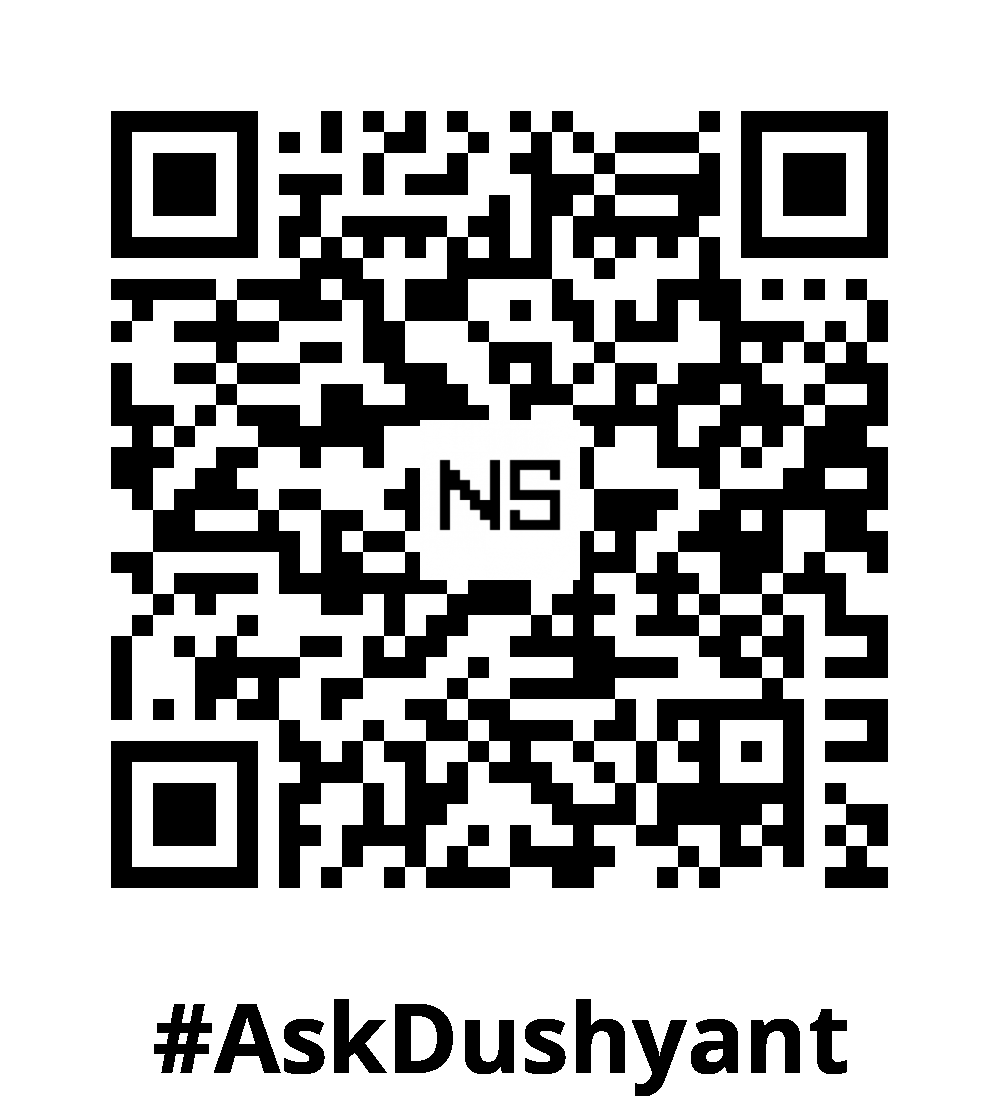In software development, crafting robust and resilient code is crucial for building reliable applications. Effective error handling is a key factor in achieving this. A user is likely to be more frustrated when encountering a message like “Something went wrong,” which can ultimately diminish the application’s credibility. As an advisor, I always recommend developers to use error handling judiciously, avoiding unnecessary overuse. By anticipating potential issues and implementing well-considered error-handling strategies, developers can ensure their software operates smoothly under normal conditions and recovers gracefully from unexpected situations. This tech concept, delves into these essential practices.
I still recall the day I confronted a developer who had written an exception message that said, “An error has occurred. Connect with #DeveloperName.” I explained that this is considered a serious mistake in the tech world. To my disbelieve, he insisted that he had done nothing wrong, Eventually I warned him that such practices can hinder his future growth and development in company.
Why Error Handling Matters
Error handling is the process of responding to and managing errors that occur during the execution of a program. It is crucial for several reasons:
- User Experience: Errors that cause a program to crash or behave unexpectedly can frustrate users. Proper error handling can provide users with clear and helpful messages, improving their overall experience.
- Program Stability: Unhandled exceptions can lead to application crashes, data corruption, or security vulnerabilities. By handling errors effectively, developers can ensure that their applications remain stable and secure.
- Debugging and Maintenance: Informative error messages and logs are invaluable during the debugging process. They help developers understand what went wrong and how to fix it.
Core Concepts in Error Handling
1. Try-Catch Blocks
At the heart of error handling in many programming languages are try-catch blocks. These allow developers to “try” a block of code and “catch” any exceptions that may occur:
try:
# Code that might throw an exception
result = risky_operation()
except SpecificException as e:
# Handle the specific exception
handle_error(e)
except Exception as e:
# Handle any other exceptions
log_error(e)
notify_user("An unexpected error occurred.")Using try-catch blocks helps prevent unexpected crashes and allows the program to respond to errors in a controlled manner.
2. Providing Informative Error Messages
Error messages should be clear, concise, and informative. They should guide the user or developer in understanding what went wrong and how to resolve the issue. Avoid vague messages like “Something went wrong.” Instead, provide specific details:
notify_user(f"Failed to connect to the database. Please check your network connection and try again. Error code: {error_code}")3. Logging Errors
Logging errors is crucial for diagnosing problems after they occur. Logs provide a history of what happened, allowing developers to identify patterns or recurring issues. It’s important to log not only the error message but also relevant context, such as the state of the application and the steps leading up to the error.
import logging
logging.error(f"Error in module X: {str(e)}", exc_info=True)Advanced Error Handling Techniques
1. Retry Mechanisms
For transient errors, such as temporary network failures, implementing retry mechanisms can improve the resilience of your application. By automatically retrying the operation after a brief delay, you can often recover from temporary issues without user intervention.
import time
for attempt in range(3):
try:
response = make_network_call()
break
except NetworkError:
if attempt < 2:
time.sleep(5) # Wait before retrying
else:
notify_user("Network error. Please try again later.")2. Fallback Options
For critical functionalities, providing fallback options can ensure continued operation even when the preferred method fails. This might involve using a local cache if a remote server is unreachable or switching to a backup service provider.
try:
result = primary_service_call()
except ServiceUnavailable:
result = fallback_service_call()3. Custom Exception Types
Creating custom exception types for specific error conditions can help clarify the cause of an error and make the code more readable. Custom exceptions also allow for more granular error handling.
class DataValidationError(Exception):
pass
def validate_data(data):
if not is_valid(data):
raise DataValidationError("Invalid data format")Best Practices for Error Handling
- Fail Gracefully: Ensure that your application can continue operating in some capacity even when errors occur. This might involve disabling certain features or operating in a degraded mode.
- Avoid Overuse of Try-Catch: Use try-catch blocks judiciously. Overusing them can lead to code that is hard to read and maintain. Instead, focus on handling exceptions that you can do something meaningful with.
- Test Error Handling Code: Make sure to test your error handling code under different scenarios to ensure it works as expected. This includes testing for both expected and unexpected errors.
My Tech Advice: Effective error handling is not just about preventing crashes—it’s about building software that can withstand the unexpected. By implementing robust error handling strategies, providing clear feedback to users, and logging detailed error information, you can create applications that are resilient, reliable, and user-friendly. Whether it’s through try-catch blocks, retry mechanisms, or custom exception types, the goal is to ensure that your code handles errors gracefully and maintains functionality even in adverse conditions.
#AskDushyant
#SoftwareDevelopment #ErrorHandling #CodingBestPractices #Programming #CodeQuality #SoftwareEngineering
Note: The code snippets provided are written in Python, but the principles apply to all programming languages, with adjustments to their respective syntax.


Leave a Reply